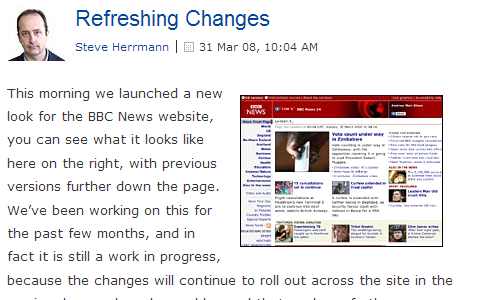I’m actually a big fan of ‘fill in this questionnaire and we’ll tell you who to vote for’ websites. Granted, it’s all a bit unscientific: it’s close to impossible to boil the key policy issues down to a series of multiple choice answers (never mind agree/disagree), then assess how each candidate’s policy correlates to the available options. But at the very, very least it makes you think. It makes you question what you thought were your natural leanings. And it may even change your mind. In these days of political disengagement, and plunging voter turnout, that could be pivotal.
Unlock Democracy has just unveiled such a site for the London Mayoral elections. Although I spend a lot of my time in London, I no longer live there, so I don’t have a vote. (But that’s for another time.) This allows me to approach the exercise with a degree of detachment. It genuinely is just a bit of fun.
Twenty-five agree/disagree questions later, the site gives me a response. Two candidates came joint-top of the list: one I probably expected, the other I probably didn’t. And curiously, I’m pretty sure the two don’t consider themselves to be in competition for my (non-existent) vote. Something for me to think about… and arguably, something for the candidates to consider too.
No, I’m not going to say which two candidates: I try to keep my own party politics (such as they are) out of things here. But feel free to offer your own guesses. 🙂
And by the way… if anyone (eg Tom Steinberg) has a URL for the similar Dutch ‘Stem-viser’ website that Tom Steinberg always quotes as an example, do pass it on. An accurate spelling would be a start.
